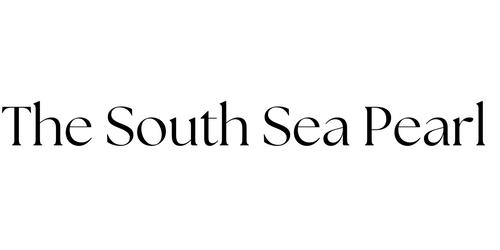Welcome to our insightful guide on Tahitian pearls, some of the most coveted and stunning gems that originate from the pristine waters of French Polynesia. In recent years, Tahitian pearls have garnered a reputation for their unique beauty and mystique. However, alongside their popularity, several myths and misconceptions have also emerged surrounding these exquisite jewels.
Блог о жемчужине Южного моря
-
июль 02, 2024
-
июль 01, 2024
Exploring the Depths: Interview with a Tahitian Pearl Farmer
When it comes to the world of luxury jewelry, Tahitian pearls stand out as exquisite treasures from the depths of the ocean. The allure of these dark and lustrous gems has captured the hearts of many jewelry enthusiasts worldwide. Today, we invite you to dive into the fascinating world of Tahitian pearl cultivation through an exclusive interview with a Tahitian pearl farmer.
-
июнь 30, 2024
The Health Benefits of Wearing Tahitian Pearls According to Ancient Beliefs
When it comes to jewelry, Tahitian pearls have long been revered not only for their beauty but also for their believed health benefits. Originating from the warm waters of French Polynesia, these exquisite gems hold a special place in ancient folklore and modern fashion alike. But did you know that beyond their aesthetic allure, Tahitian pearls are said to possess numerous health benefits according to ancient beliefs? Let's delve into the mystique and explore the fascinating world of Tahitian pearls and their potential positive impacts on health.
-
июнь 29, 2024
Tahitian Pearls: A Look into the Culture and Traditions of French Polynesia
French Polynesia, a mesmerizing paradise in the heart of the South Pacific Ocean, is renowned for its exquisite Tahitian pearls. These lustrous gems, also known as Tahiti black pearls, are not just jewels but a symbol deeply rooted in the culture and traditions of this magnificent archipelago. Let's embark on a journey to discover the allure and mystique of Tahitian pearls and explore the rich heritage of French Polynesia.




